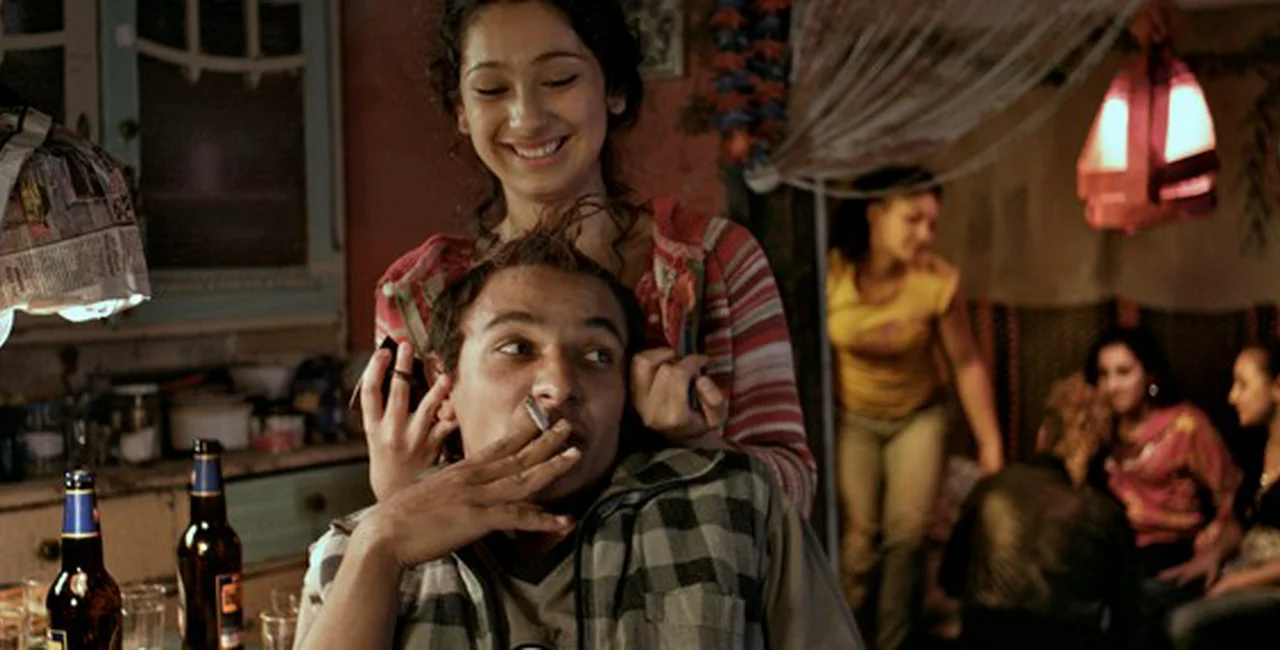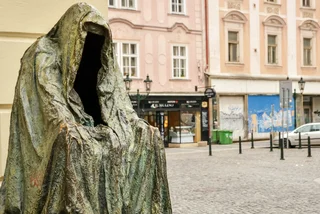Note: Top image is from the Slovak movie Cigán (Gypsy)
It’s Friday, a warm summer afternoon in Prague and I’m on a tram. The peaceful ride is suddenly disrupted when an old man directly behind me shouts abuse at a Roma family he sees from the window.
A young woman takes issue with his remarks. Her challenge incenses the man so much he turns his abuse on her. He continues to yell as he gets off the tram. Looking on, I wondered: how representative is this image – the open bigotry and the opposition to it – of Czech society’s relationship with its Roma minority?
Subtle Forms of Discrimination
It would be easy to dismiss the comments as the ravings of an old man if it weren’t for quite recent figures which show 83% of people regard Roma as socially maladjusted and 45% don’t want to see them at all (original article here in Czech). Not all Czechs are as openly hostile as the man, but the descriptions used in private or the media are far from flattering. Typical stereotypes used by individuals tend to include accusations of being work shy, cheating welfare, thievery, and engaging in antisocial behavior.
One tell-tale sign of Czech feelings about Roma is that you’ll very rarely hear the word Roma used by Czechs. More often it is cikán, which like the English word gypsy, is a pejorative. The origins of the two words are different. Cikán and its various cognates come from the Byzantine Greek word atsinganoi, a term for a religious sect the Melchisedechians, whom Roma identified with. Gypsy comes from a Greek word, Aigyptioi, based on the mistaken assumption that Roma people came from Egypt. It is not only that the names are inaccurate; they have become loaded with negative meanings.
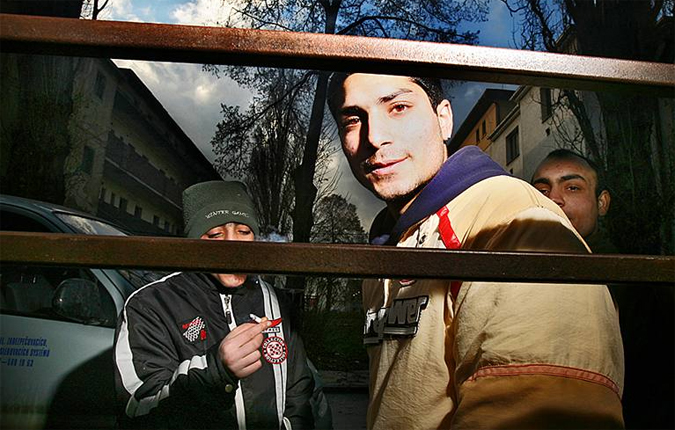
Matiční Street MF DNES: Nguyen Phuong Thao
The word Rom is the word Roma use for themselves. It means ‘man’ or ‘husband’ and Roma is the plural. Having said that, many people identified as Roma in the Czech Republic may be Sinti, who prefer this term. At times, the insistence on the use of the word Roma is dismissed as political correctness. But it’s fair to say that any group of people would prefer to be denoted by a neutral term rather than one associated with negative stereotypes.
Roma history in the Czech lands stretches back to the 14th century, and maybe to the 13th. This period was referred to as the ‘Golden Age of Roma’ because nobility offered Roma people a degree of protection. During the Second World War, the Czech Roma community was practically wiped out; ninety percent died at Lety or in Auschwitz. The Roma who survived were joined by communities from further east, such as from Slovakia and Romania. Under communism, these people were subjected to forced assimilation. Roma women were persuaded to undergo sterilization, and the word Roma was not recognized.
Following the Velvet Revolution, some attempts were made at better tolerance and respect, though the extent to which this has been achieved remains in doubt. Numbers of Czech Roma today are estimated to be between 200–300,000, though the official census figures are lower. These people continue to have higher rates of unemployment and poverty and lower levels of formal education than the rest of Czech society, and often live in the poorer districts of Prague or in the country’s northern towns.
Intervention today may not seem as extreme compared to the past, but it exists in the well-documented segregation of Roman children into so-called ‘practical’ schools. These schools are intended for children with ‘mild mental disabilities’. According to an Amnesty International Report from 2010, Roma children are 27 times more likely than other children to be placed in one of these schools. The ‘simplified’ curriculum provided by these schools does not suitably prepare students for the work force, which in turn feeds into the high levels of unemployment. Since the report was released, Amnesty International has continued to monitor the situation, and will release further information in October.
Asked whether it was concerned about the high levels of Roma children in schools, the Ministry of Education said the question was not relevant, because a child’s ethnicity is not recorded as this is against the Personal Data Protection Law. Ministry attributed any failing in placement on the error of teachers, not the system, as they said they had guidelines in place. Amnesty’s Response was that not enough was being done. Amnesty International’s spokesperson Martina Pařížková said, “There are laws and guidelines, but no one cares or they are not being used.”
Further complicating the issue of Roma children being over-represented in ‘practical’ schools is that the children’s parents must consent to their being enrolled. Opponents to notions of prejudice may argue that it is a matter of parental choice. On the other hand, Amnesty International contends that parents may choose these schools for a number of reasons: a desire to remove children from the bullying and teasing they face in regular schools, the desire to have their children in a predominantly Roma school population, or keeping siblings together and the positive response they get from teachers. In other words, the choices are not so free.
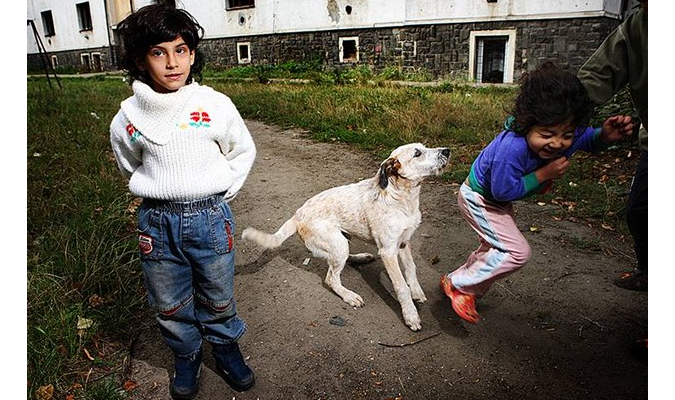
MF DNES: Nguyen Phuong Thao
The Roma Community in Two Towns
Outside the education system, the wall in Matiční Street, Ústí nad Labem is one of the most high profile cases of segregation in the country since the revolution. It was erected in 1999 along one side of the street to separate the town-owned apartment block, which predominantly housed Romani families, from the homes opposite. Though the wall was torn down six weeks later, it became emblematic of anti-Roma sentiment in sections of the community.
More than ten years on, the situation remains complex. According to Jan Husák, Ústí nad Labem’s coordinator for ethnic minority relations, any answer to the question of relations between Roma and the majority in the town is difficult. On one hand, a lot of people work and live with others regardless of their ethnicity. However, Husák acknowledges that the relations in Northern Bohemia are worse than in Prague, where people have opportunities to meet those from other cultures.
In the instances where Roma behave in a way counter to what the majority expect, Husák said, “Unfortunately, poor Roma don’t behave according to the ideas of non-Roma because poverty isn’t connected with making plans.” When a person doesn’t have a reliable income or a permanent address, and when as some Roma families are, they are trapped in a debt spiral, they live in the present and do what they can to survive. But this does not apply to all Roma. Husák, for example, is university educated, with years of experience in his field as a social worker behind him.
He added, “We want to work, we don’t want to have so many children, we want educated children.”
More recently, Varnsdorf, a town in the country’s northern Šluknov region, has been following a series of anti-Roma protests. The picture in the media was one of a town torn by unrest and ethnic strife. A visit to Varnsdorf suggests this is not the full picture. It is, at least at first glance, a sleepy locality, mothers with kids, school children eating ice cream. Czechs and Roma, if not in harmony, then not in open conflict.
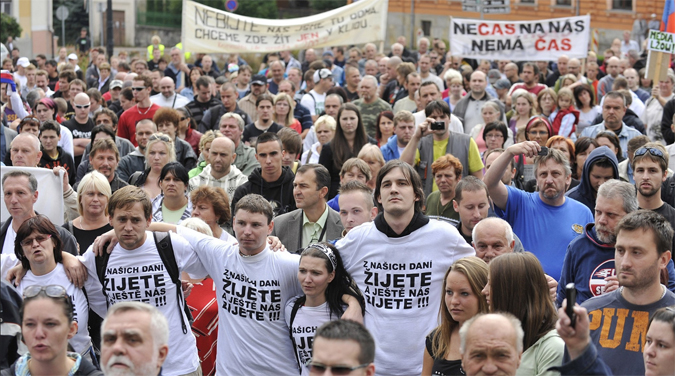
But this was a first and admittedly brief impression. The mayor of the town, Mr. Martin Louka, certainly wished to underline that image and stressed his town was not a violent place. However, he conceded that there were tensions between the Roma and the majority, tensions which reached a peak in September last year, but have remained.
Mr. Louka identifies the differences in lifestyle between Roma and Non-Roma as a source of tension. He cited complaints of verbal abuse, aggression, petty theft, loud noise as the main areas Czechs residents complained about. “They don’t know how to uphold the basic rules and duties of a normal life and a normal neighborhood,” he said.
However, Louka stressed that he did not see this as a racial issue, but rather a social one, due to the fact that this particular group were unemployed. He even said that other Roma people left because they were dissatisfied with living conditions in the area.
We contacted Robert Ferenc, a social worker who has years of experience in the area, to confirm Mr. Louka’s comments. He admitted that in this particular location, many of the complaints were true, and that former Roma residents who were returning complained about the noise and mess in the housing. However, he stressed they had education campaigns to encourage quieter behavior and to encourage people to go to work. I think it’s important to stress here that the behavior of a few people is being generalized in the media and society to apply to the whole community.
Community Support
Up until now, I’ve been addressing the bigotry as represented by the old man. But the young woman who stood up to him is the other aspect of relations between Czech majority and Roma minority. Radka Steklá is an example of a Czech who works to support Roma rights and improve the relations between the communities.
She works with Romea, a group which aims to improve the situation of Roma people in the Czech Republic. The organization works in a number of areas from media monitoring to running workshops. In her opinion, solutions to the problem are complex and have to be dealt with on many fronts.
She believes that people maintain the negative stereotypes because they know the consequences but not the causes. For her, it’s also important to draw attention to positive achievements made by Roma people.
“When having an ordinary conversation, I will bring up how it relates to Roma people. Too often Roma are discussed in terms of social problems, which is in itself a form of segregation,” she said.
There is one last part to the picture on the tram ride. Apart from the racist man and the woman who confronted him, there were the twenty or so passengers who looked on and didn’t get involved. What was going through their minds?
We’re sure you will have a lot to say on this topic and are keen to hear your opinions.
Related articles











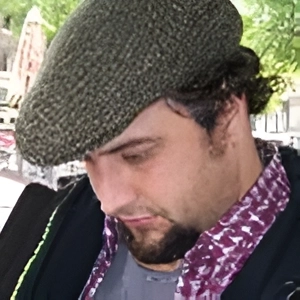
 Reading time: 8 minutes
Reading time: 8 minutes 